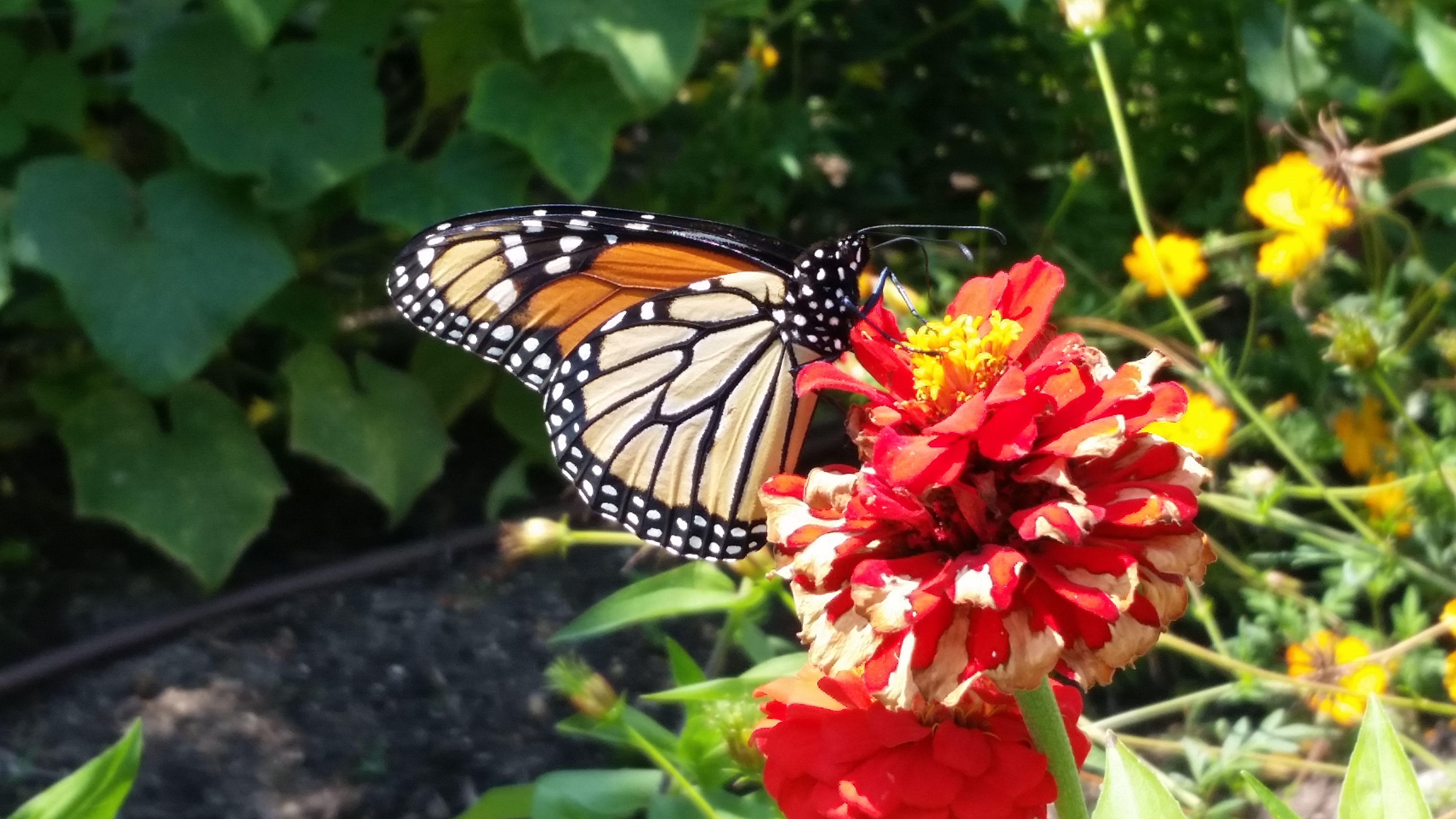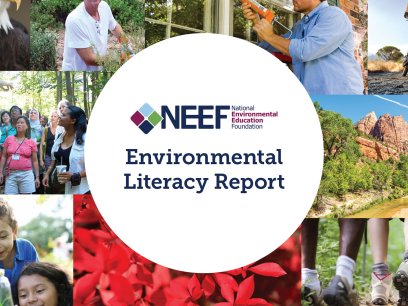
NEEF and its partners work to engage the public in citizen science (also referred to as Community Science) by linking directly with nature enthusiasts, working with trusted professionals in the field such as NEEF's network of meteorologists, and collaborating with federal partners and educators to involve students and teachers in and out of the classroom. There's no one way to get involved with citizen science, and NEEF works to reach people where they are—whether that's a specific interest, geographic region, skill level, or knowledge base.
Citizen Science Project on Project Noah
During National Environmental Education Week 2015, NEEF launched the first Life on Public Lands Photo Mission using the Project Noah citizen science platform. Project Noah allows users to submit a ‘spotting’ of a plant, animal, or fungi by uploading an original photo and tagging the location where it was seen. A team of experienced botanists and biologists helps contributors identify the organisms they are photographing. Missions, like the Life on Public Lands one, can be set up to capture specific data about a type of organism, certain geographic area, or any other parameter established to help filter submissions and guide new spottings around coordinated research goals. For this mission, NEEF asked citizens to record what organisms they found on public lands during EE Week and the response received was outstanding! From white-tailed deer in Mammoth Cave National Park, Kentucky, to a California quail at Mt. Diablo State Park, California, the range of entries really showed the biodiversity found on the country’s public lands and added to the collective data archive of photos available through Project Noah.

What are citizen science missions?
Missions can also be focused on a specific region, concentrating spottings to get a clearer picture of the breadth of flora and fauna found in a tight geographic area. One such mission is the Eyes on Central PA Mission, which focuses on plants and animals found in Central Pennsylvania. WTAJ-TV Chief Meteorologist Joe Murgo asks his viewers to snap photos of wildlife they see in the area, and then share these images with the mission. Periodically, Murgo will then highlight some of the observations on air or on the station’s website, connecting his viewers’ observations with current weather and climate conditions. Over the past two years, Murgo has highlighted spider-eating wasps, groundhogs, and waterfowl, among other plants and animals, discussing their impacts on the environment and how their behavior is linked to seasons and weather patterns.
One of the most popular posts in this series was a reversal of this structure—instead of taking a closer look at a photo that viewers had already submitted, Murgo gave his audience a specific organism to be on the lookout for: the invasive Spotted Lanternfly. This insect was posing a serious threat to Pennsylvania agriculture, and Murgo equipped his audience with the information they needed to recognize the insect, understand the impacts it was having on the state’s agricultural sector, help protect their communities from spreading the invader even further, and report their sighting to the Pennsylvania Department of Agriculture. By doing so, Murgo and his community used their citizen science skills to aid the state in reducing an environmental threat to the region’s economy.

To increase opportunities for citizen science, NEEF also works with larger educational organizations. The US Department of Education, the National Park Service (NPS), Bureau of Indian Education (BIE), and NEEF’s Hands on the Land Program collaborated during the 2014-15 school year on a pilot project to provide place-based STEM (science, technology, engineering, math) and citizen science programming to elementary, middle, and high school students attending BIE schools. This project engaged American Indian students in inquiry-based natural resource monitoring and citizen science programs at seven National Park Service sites. Citizen science was an integral element of the project as a way to engage students in meaningful and applied inquiry-based experiences. These citizen science activities took place at both NPS sites and at afterschool programs hosted at each BIE school.
This project included citizen science research being done at Badlands National Park and Mount Rushmore National Memorial, Craters of the Moon National Monument and Preserve (pictured above), Grand Canyon National Park, Great Smoky Mountains National Park, Olympic National Park, Petrified Forest National Park, and Saguaro National Park. Learn more about this project.
Check out the Surrounded by Science infographic and Educator Toolkit for links to more citizen science opportunities you can join across the country!


